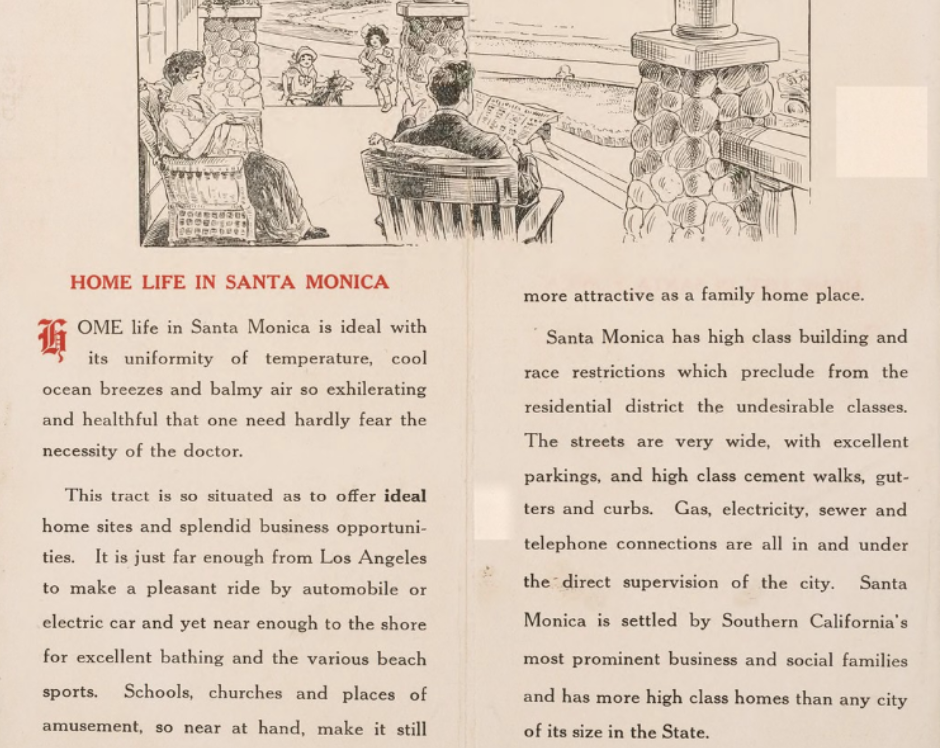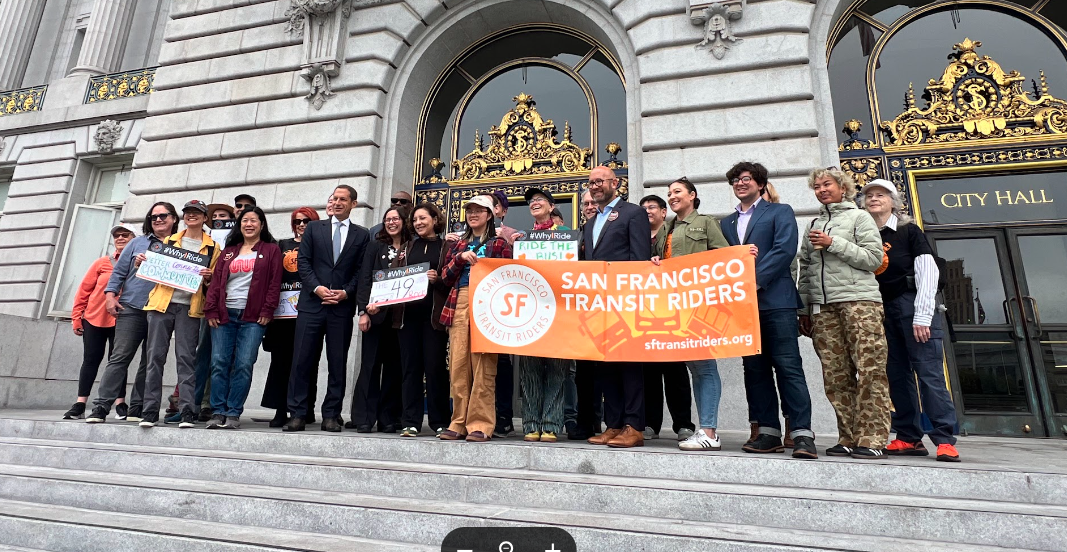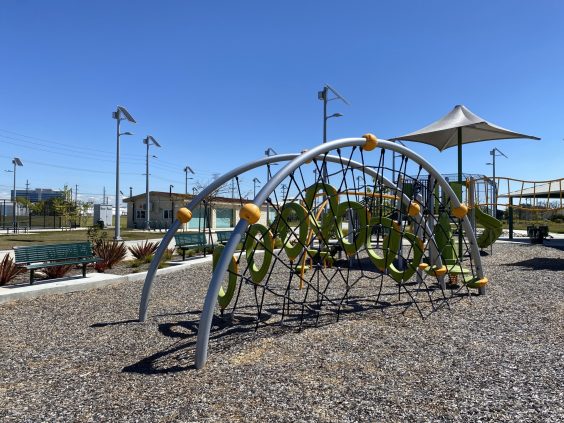Note: This article first appeared at Santa Monica Next.
As we watch our brave politicians compromise to build a ‘barrier’ in lieu of a border wall, it’s a good time to remember we have a weapon that’s far more effective at keeping the poor and huddled masses off our (unsustainable) lawns: exclusionary zoning.
According to the dictionary, exclusionary zoning is “a residential zoning plan whose requirements (as minimum lot size and house size) have the effect of excluding low-income residents.” The Brookings Institute is more blunt: exclusionary zoning is “opportunity hoarding by the upper middle class.”
In layperson’s terms, that means everything north of Montana.
Okay, I’m kidding.
*All* of Santa Monica bears the scars of (or benefits from -- depending on the color of your skin) exclusive zoning. That’s because exclusionary zoning functions as veiled segregation. Our self-image as an inclusive community doesn’t hold up under the microscope of history.
If a quick walk in your local neighborhood doesn’t convince you, let the data confirm: we are whiter than Los Angeles as a whole. Santa Monica is a city where 65% of residents identify as white alone (not Hispanic or Latinx), versus 26.2% in Los Angeles county. 4.3% of SaMo locals are black, versus 9% county-wide.
Is it that white people just happen to prefer to live in our fair seaside town?
Lol, no. Santa Monica -- like most affluent American neighborhoods -- is white by design. Here’s one underreported fact: in the 1950s the city invoked eminent domain to seize property belonging to a predominantly black community. Thanks to the bigotry of our forefathers, we have a white -majority town and a useless Civic Auditorium that’s been shuttered for years.
The Santa Monica of today is effectively the same as in the early years of the 20th century, that’s when the advertisement for a new housing development was printed and bragged of the city’s “race restrictions which preclude from the residential district the undesirable classes.”
(image source: http://imgzoom.cdlib.org/Fullscreen.ics?ark=ark:/13030/hb3n39p17f/z2&order=3&brand=oac4)
Despite later laws prohibiting discrimination in housing, the reality is that segregation and redlining continue to dictate the makeup of our communities. Maybe this is why 75% of white people don’t have non-white friends?
There is more than interracial friendship at stake. For the groups shoveled into undesirable real estate, escaping the trap of poverty and discrimination becomes impossible. Our zip code is increasingly our destiny. The CalEnviroScreen was developed by California to identify and track the amount of pollution on communities. You can see that in Santa Monica, the worst air quality aligns almost perfectly with the proposed Pico district.
Exposure to air pollution has been shown to increase incidences of asthma, diabetes, and a whole host of life-shortening conditions.There is increasing evidence it also impacts rates of autism. If only the anti-vaxxers would take notice! In more bad news, pedestrian fatalities appear to be higher in historically redlined areas.
We have to be honest with ourselves -- are we really interested in making Santa Monica an inclusive and affordable city?
True inclusion is impossible while we continue to benefit from racist policies that have systematically excluded certain populations even if we would never support those policies today.
True inclusion is impossible without reparations.
Yes, I said reparations. As a city, we have plenty of money to locate the descendents of the displaced Belmar Triangle community and compensate them fairly for seizing their property and for the missed opportunity to participate in Santa Monica’s explosive economic growth.
There is a new wave of progressive energy in America, and there is a new opportunity to think bigger. We can do more to address systemic inequality than build a handful of affordable apartments and modify parking minimums. We can advance the conversation about racism just as we have pushed the boundary on municipal sustainability.
If reparations sound too radical (or just radically uncomfortable) then what are we doing to tackle the unequal impact of proposition 13? Jeff Bridges claims to oppose Trump, but he has no problem profiting from insanely low taxes on his inherited property, even as California convulses with inequality.
It’s easy for affluent Californians to perform inclusion in the face of Trump’s prejudice. Whether or not a wall gets built along the border, we are insulated by a legacy of bias that means our good fortune is secure from all threats -- foreign and domestic. We get to feel good without doing good.
But back to the issue of reparations, it's more feasible than you might think. There is a movement afoot in Baltimore for reparations to address that city's 'radical' segregation history. A referendum in Santa Monica -- or even a serious proposal -- for reparations would force us to confront the reality that our wealth is perhaps not fairly earned, and that our liberal politics have very hard and very narrow limits.
In recent years, Santa Monica has begun building an $80 million dollar state-of-the-art city hall annex, and is moving forward with a projected ~$110 million dollar city yards renovation project, among other massive initiatives. We have the money for waterless toilets, free electric vehicle chargers, and a groundbreaking wellbeing index.
We have the money for economic justice, too. We just have to admit that we don’t have the will.






